CT supervision Relay Working Principle:
In last study about high impedance differential protection, we have calculated stabilizing resistance value for increasing the protection stability. In that case, we assume the worst condition of CT, that the CT would be completely saturated. But, In Intermediate conditions, where the CT is partially saturated, In this condition, to increases the stability margin we use CT supervision relay.
When carrying load current an open circuit CT will cause unbalance in any current balance group. As this can cause instability it is normal practice to use a sensitive relay, with an associated relatively long time delay, to detect this condition. This integration of protection, CT supervision and associated timers makes it easy to simplify system design and secondary wiring.
CT supervision Relay Working Principle
The Current flow in each phase of the CT is monitored by the CT supervision relay. A coil is connected in Parallel with Current transformer of each phase terminal. The CT super vision relay monitors all three phase of the Current transformer. Under Normal conditions the current flow in all three phase is equal the relay become inoperative.
[wp_ad_camp_2]
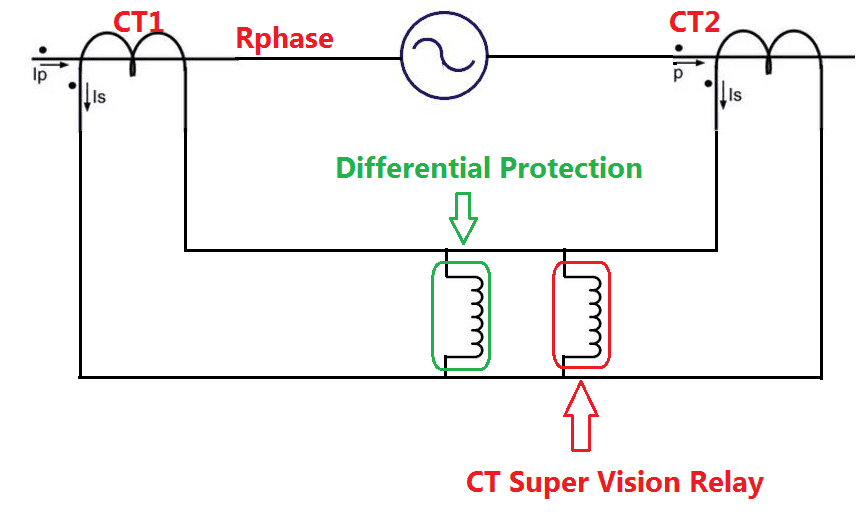
For Example:
This CT supervision relay is connected in parallel with Main protection relay Consider ‘R’ phase wire open in CT-2. The CT-1 load current will start to flow through both relays This is not a fault current but it causes unnecessary trip. To avoid this trip CT supervision relay is used. The voltage setting of this relay is very low with time delay So this relay will be operated for leakage current and Its contact short of CT. Main relay setting is Grater then this value and instantaneous. So for heavy internal bus bar fault Main protection will operate immediately.

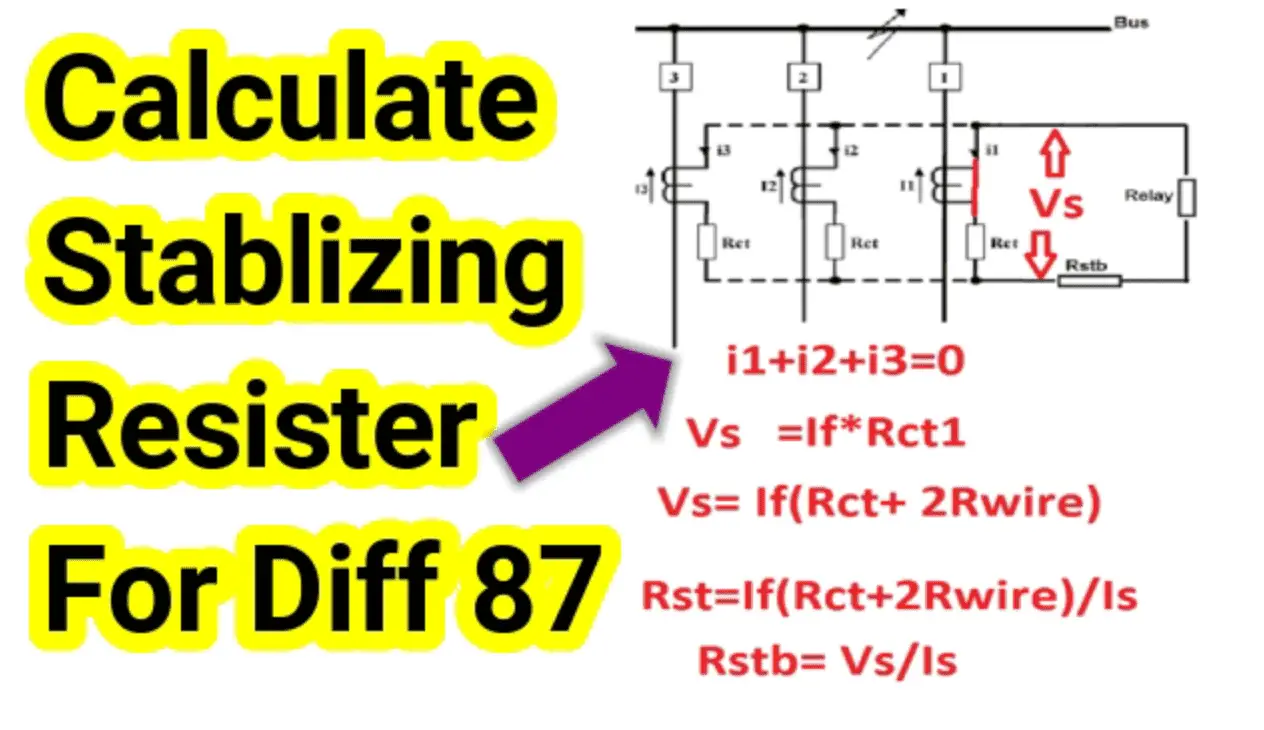
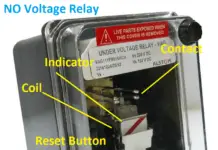
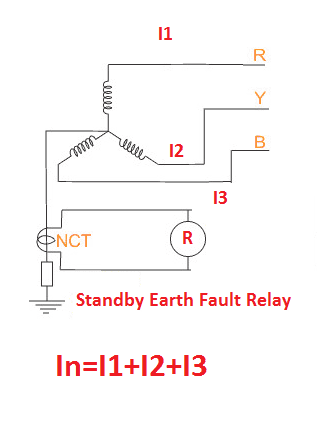
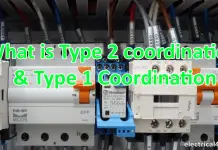

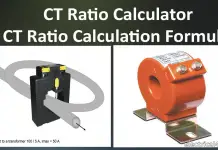

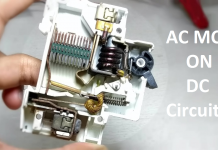
![What is Arc Chute? Types, Working Principle [Video Included] arc chute working priciple](https://electrical4u.net/wp-content/uploads/2020/06/arc-chute-218x150.png)

I want the Timer 175 series working principle